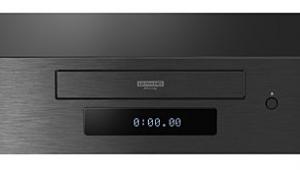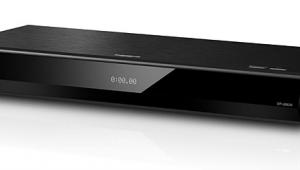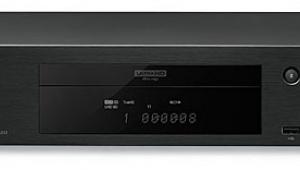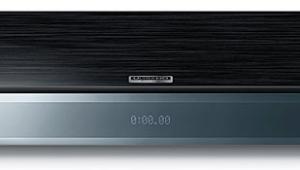Pioneer BDP-320 Blu-ray Player

With a long history in optical disc technology, Pioneer has been slow to develop new and innovative features in its Blu-ray players. While its previous offerings have been on the upper end of the pricing range, the company’s players have left a lot to be desired. Last fall, I reviewed the Pioneer Elite BDP-05FD player for our sister publication, UltimateAVMag.com. While I was very impressed by its sturdy build quality, it was unreliable, with lip-sync issues and player lockups. It also couldn’t internally decode DTS-HD Master Audio. Granted, a firmware upgrade eventually fixed most of these issues, but the DTS-HD Master Audio upgrade didn’t happen until early this summer—more than six months later than Pioneer promised. As a founding member of the Blu-ray Disc Association, you’d expect Pioneer’s players to be among the most innovative on the market. Sadly, that hasn’t been the case.
But that’s all in the past. The Pioneer BDP-320 brings a lot to the table at half the cost of the Elite branded BDP-05FD. The BDP-320 is BD-Live compliant and has 1 gigabyte of internal memory. Memory is also expandable via the USB port on the back of the player. The back panel includes one HDMI 1.3a output with support for 48-bit Deep Color (not supported by either DVD or Blu-ray), an Ethernet port, component output, and 7.1 analog audio for consumers with legacy equipment that lacks HDMI inputs.

The player internally decodes Dolby TrueHD and DTS-HD Master Audio and sends it via HDMI as PCM or analog from the 7.1-channel output. For newer AVRs and surround processors that have onboard decoding, the Pioneer can send lossless bitstreams from its HDMI 1.3a output. Doing so, you lose secondary audio with PiP disc features such as video commentaries, as well as the clicks and beeps in the Blu-ray Disc’s menus.
Other HDMI 1.3a features of the player include Pioneer’s exclusive Precision Quartz Lock System (PQLS) and KURO LINK. PQLS works in conjunction with compatible Pioneer A/V receivers to improve CD playback by reducing jitter that can occur with the transmission of digital audio bits. KURO LINK is Pioneer’s version of HDMI Consumer Electronics Control (CEC), which lets you seamlessly control all of your HDMI CEC–compatible Pioneer A/V equipment with a single remote. Neither feature was tested for this review.
 User Interface
User Interface
The attractive BDP-320 has a piano-black façade. Its non-backlit remote is useless in a dark room, but the button layout is decent. The Play button occupies the largest space, but the Stop and Pause buttons are right next to each other. So if you inadvertently press Stop during a Blu-ray movie, the lack of Resume Play on most discs means a long wait while the movie reloads. If you don’t already have a universal remote, it would be wise to request one from Santa—for your own sanity and an improved user experience with all of your equipment.
The setup menu is well organized and easy to navigate. Upon first power-up, the Setup Navigator walks you through the basics of language settings, video output, audio output, and aspect ratio. You can make additional changes by pressing the Tools button on the remote.
The player offers a variety of HDMI color-space options, including Auto, Y/Cb/Cr 4:4:4, Y/Cb/Cr 4:2:2, and two RGB outputs, as well as HDMI audio options for internal decoding or bitstream. Video output resolutions over HDMI include 480i, 480p, 1080i, and 1080p (24 and 60 frames per second). It also includes Source Direct mode, which outputs signals as encoded on the disc with no video processing applied. This is a great option if you have an outboard scaler. The Auto setting uses the extended display identification (EDID) information from your display and outputs the highest supported resolution. The component output supports 480i/p and 1080i/60. The Pioneer is the only one of the three players here that lets you change the player’s output resolution on the fly, while a disc is playing. With the others, you must stop the disc and make the change in an onscreen menu.
The BDP-320 offers a vast picture control suite. It has seven different preset modes as well as three adjustable memory settings. It provides 13 different video adjustments, including Progressive Motion, PureCinema, White Level, Black Level, Black Setup, Gamma Correction, and many others. I prefer to make any needed adjustments in the display and not in the player, so these were of little use to me. All of the presets and adjustable controls pass above-white and below-black information with both HD and SD test discs, which makes calibration much simpler.
- Log in or register to post comments




























































